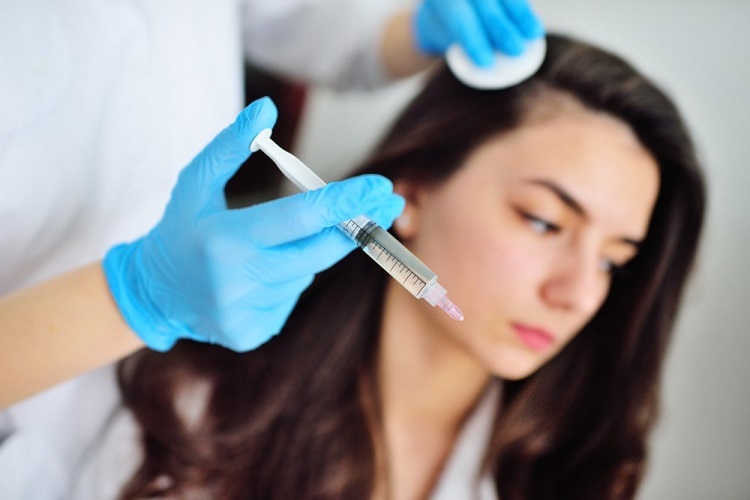Getting Rid of Skin Laxity Using a Facelift Procedure
Your body consists of a natural protein – collagen that makes your skin firm, giving it a younger-looking appearance. However, its production starts to decline as you grow older. As such, your skin begins to sag, altering your facial appearance. Although you cannot stop the natural process of aging, you can minimize its effects. Cosmetic procedures such as facelifts allow patients to transform their appearance. However, as it is a major surgical procedure, initial consultation with your specialist at West Palm Beach, FL, medical spa is necessary to understand the risks involved. Here is what you need to know about a facelift or rhytidectomy.
Table of Contents
What Is a Facelift?
It is a cosmetic, restorative surgery that reduces signs of aging on your face, such as crease lines between your nose and smile lines in your mouth corners. The surgical procedure works by eliminating excess skin, fat, and muscle from your face. For the best results, your doctor combines this procedure with a neck lift. Although it is an invasive procedure, rhytidectomy offers the most dramatic results compared to other conservative skin tightening processes.
How Do I Prepare for a Facelift?
Please consult with your plastic surgeon to understand what the procedure entails, its risks, and whether you are the right candidate for it. A discussion with your specialist allows you to clear any uncertainties that you may have. It is also when the doctor reviews your medical history to check if you have had previous surgeries. The doctor may advise against a facelift if you:
· Smoke; smoking affects the healing process and may affect your overall appearance after surgery.
· Are using blood-thinning medications and supplements such as fish oil which increases the risk of hematoma after surgery
· Have medical conditions such as high blood pressure and those that hinder blood clotting.
What Are the Complications Associated With a Facelift?
As with any other major surgery, multiple potential complications can result after the procedure. Depending on the severity of the problem, it can be resolved with appropriate medication, care, and sometimes corrective surgery. Although rare, there is also the risk for permanent complications that can significantly alter your facial appearance. Examples of the possible risks include:
· Scarring- Surgery involves incisions that leave permanent scars when they heal. Fortunately, these marks are usually hidden or concealed by the hairline and natural face contours. Although rare, these incisions can cause raised scars that are reddish. Fortunately, corticosteroid medication injections and other treatments can be used to reduce the scar appearance.
· Hair loss- A facelift puts you at risk of temporary or permanent hair loss around the incision areas. If you wish to restore your hair, you may need additional surgery to transplant hair follicles.
· Nerve injury- The surrounding nerves can be temporarily or permanently affected following the surgical procedure. Although a rare occurrence, it is a possible complication. Damage to the nerves to control muscles and sensation can result in temporary paralysis of a particular muscle. Patients with this complication develop an uneven facial appearance or expression, accompanied by loss of sensation. In such cases, your doctor may recommend surgery to improve your condition.
To learn more about a facelift and whether you are a good candidate, consult with your doctor at L.A. Vinas M.D., Plastic Surgery Med Spa and Skin Care Centers.

